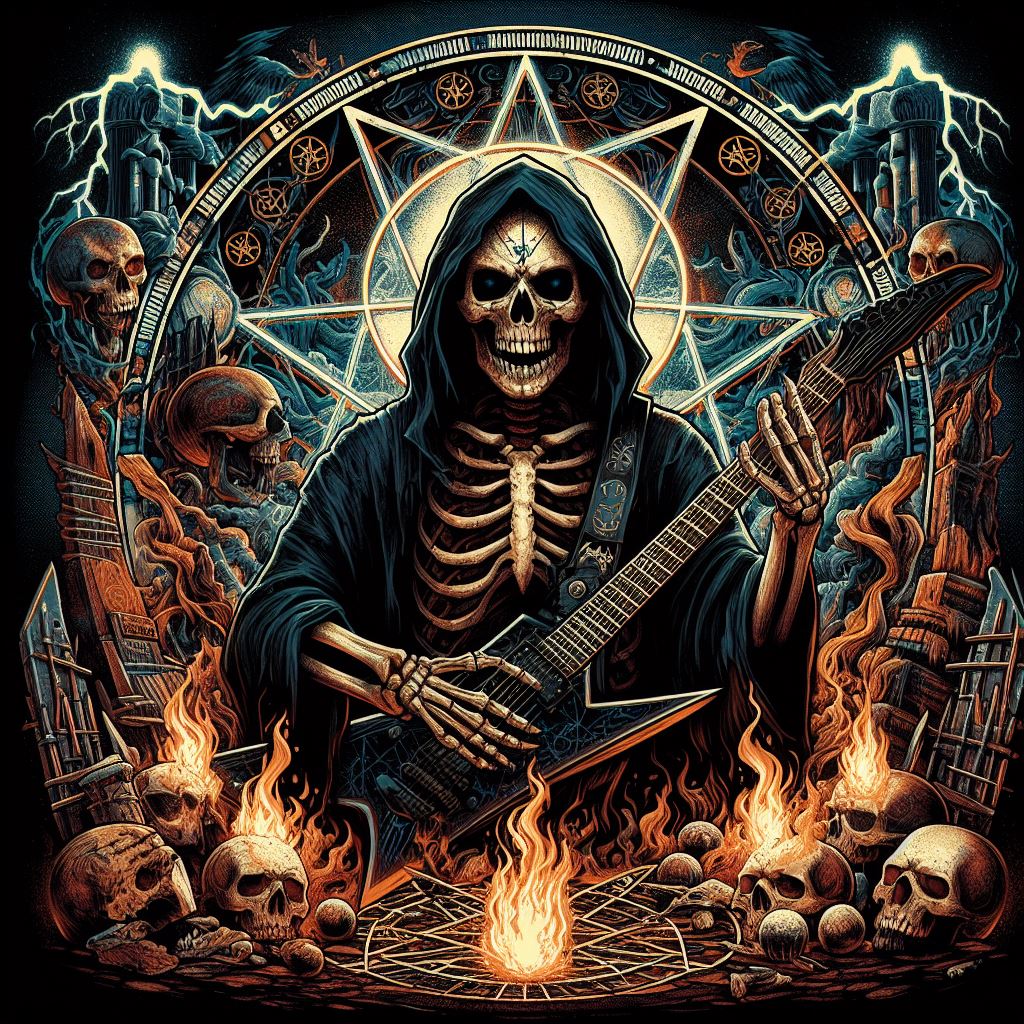Pantera, the Texas titans of groove metal, carved a unique path in the heavy metal scene. Their journey, however, began in a vastly different sonic territory. Let’s delve into the history of Pantera, exploring their evolution from glam beginnings to becoming one of the most influential metal bands of all time.
Early Days: A Glam Phase (1981-1986)
In 1981, brothers Vinnie Paul (drums) and Dimebag Darrell Abbott (guitar) formed Pantera in Arlington, Texas. Joined by vocalist Terry Glaze, bassist Tommy D. Bradford, and later Rex Brown (bass), the band embraced the flamboyant hair metal scene popular at the time. Their first three albums, Metal Magic (1983), Projects in the Jungle (1984), and I Am the Night (1985), reflected this glam influence, featuring theatrics and catchy hooks. Despite their polished sound, they found little commercial success.
A Shift in Sound: Enter Phil Anselmo (1986-1989)
Seeking a heavier direction, Pantera parted ways with Glaze in 1986. After a period of searching, they recruited Phil Anselmo, a vocalist with a powerful growl and a more aggressive vocal style. This shift marked a turning point. Their 1988 album, Power Metal, showcased a thrash metal influence, evident in the faster tempos and more complex arrangements. Pantera was still searching for their signature sound, but the seeds of groove metal were being sown.
Cowboys From Hell and Beyond: Groove Metal Takes Over (1990-2003)
Pantera signed with a major label in 1989 and released Cowboys From Hell in 1990. This album is considered their true debut and the birth of groove metal. It fused the raw aggression of thrash with the rhythmic swagger of Southern rock, creating a sound that was both brutal and infectious. Singles like “Cemetery Gates” and “Cowboys from Hell” became anthems for a new generation of metalheads.
Pantera’s dominance continued with Vulgar Display of Power (1992), an album lauded for its technical proficiency and sheer brutality. Tracks like “Mouth for War” and “Walk” cemented their status as metal icons. Their success continued with Far Beyond Driven (1994) and The Great Southern Trendkill (1996), further solidifying their place in heavy metal history.
Internal Struggles and Disbanding (2003-Present)
Despite their commercial success, tensions arose within the band, fueled in part by Anselmo’s personal struggles. After touring for The Great Southern Trendkill, Pantera went on hiatus in 2003, ultimately disbanding permanently.
Legacy of Pantera
Pantera’s influence on heavy metal is undeniable. Their groove metal sound inspired countless bands and continues to resonate with fans today. Dimebag Darrell’s innovative guitar work and Anselmo’s powerful vocals remain benchmarks for the genre.
The tragic murder of Dimebag Darrell in 2004 left a void in the metal community. Since then, surviving members have participated in various projects, but Pantera remains a legendary band whose music continues to inspire and enthrall metal fans worldwide.

Leave a Reply
You must be logged in to post a comment.